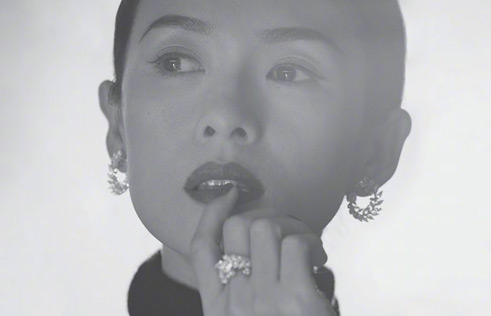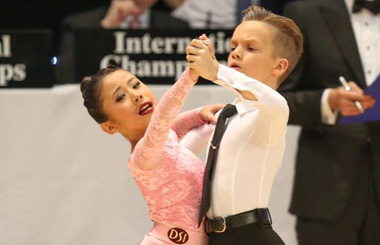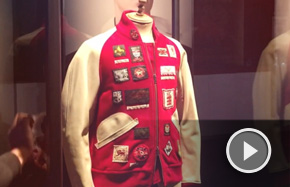Class counts but hard to tell who's who
While the rich are growing richer, it's the poor becoming middle-class who are driving China's booming economy and keeping the rest of the world afloat. So, who are China's middle class and how are they defined?
The question occurred to me after reading a BBC report suggesting the long-lived class system of the British was no longer applicable. Instead, it was suggested there are seven classes, ranging from the "elite" down to the deprived "precariat". The new league table of social standing was based on 160,000 responses to a survey, which I tried out and got rated third from bottom as an "emergent service worker", with "low economic capital and high social capital." Apparently, I'm also likely to be young. Ha.
As any fan of Downton Abbey will tell you, the Brits used to separate themselves into three categories: the upper or landlord class that appeared to do little but give orders and drink tea in the afternoon; the merchant or middle-class that made money and drank wine; and the working class, which as the name suggests, did all the work, for little reward, but enjoyed a pint of beer at the end of the day.

You could tell who was who by the way they dressed, walked and talked. Even after two World Wars and one World Cup there was still a notion that class had little to do with money, but rather was more an attitude and who your parents were. The Americans, a practical lot, turned their noses up at this quaint notion and considerably simplified matters by making purely monetary distinctions: The haves and the have nots, or those who had achieved the American dream and were rich, the middle-classes who were working toward it, and those on the fringes without Medicare.
China, on the other hand, used to divide itself into four classes: landlords, peasants, craftsmen and merchants. But all that changed in 1949 with the establishment of New China. In the Mao era the class system was flattened and technically it was power to the people and everyone was equal. It was black-and-white, cut-and-tied, until the advent of reform and opening-up in 1979 when capitalists once again came to the fore, creating fresh wealth and a reassessment of the class system. Now it's considerably more complicated and fluid. Unlike Britain and the United States that have little social mobility (which means if you're born rich you're going to stay rich, and vice versa), China is minting new millionaires every day - in the cities at least.
At the bottom of the pile are farmers. Slightly above them, in terms of money and social capitals are the migrant workers. Those migrant workers who return to their farms have mixed status. Also near the bottom of the ladder are those who migrate from smaller to larger cities, in search of more money and their Chinese dream. Meanwhile, still in the cities, there are the white-collar workers in both private enterprise and government; above them the management level; then top-level officials and entrepreneurs, and possibly the second-generation rich.
But unlike the West, it's hard to tell class from looks, accent, or other obvious indicators.
Migrant workers are as likely to wear (admittedly poor-fitting) suits as the top end. Youths' radical haircuts likely signify recent arrivals from the countryside, whereas in the West they would be the cool kids from middle-class homes. Equally, carrying around branded goods (that may or not be fake) could mean dirt poor or stinking rich. This may be one of the reasons why a Beijing accent or standard Mandarin is so highly valued. Speaking in dialect or with a heavy accent instantly marks you out as a recent arrival, ergo poor. Throw into the mix a foreign education, or a return to Chinese roots after a generation abroad, and the class situation is even more complicated.
China's class system is so new, so fluid, so wide, it's difficult to define who's who. Perhaps this isn't such a bad thing. It's certainly interesting.
(China Daily 05/02/2013 page18)






















